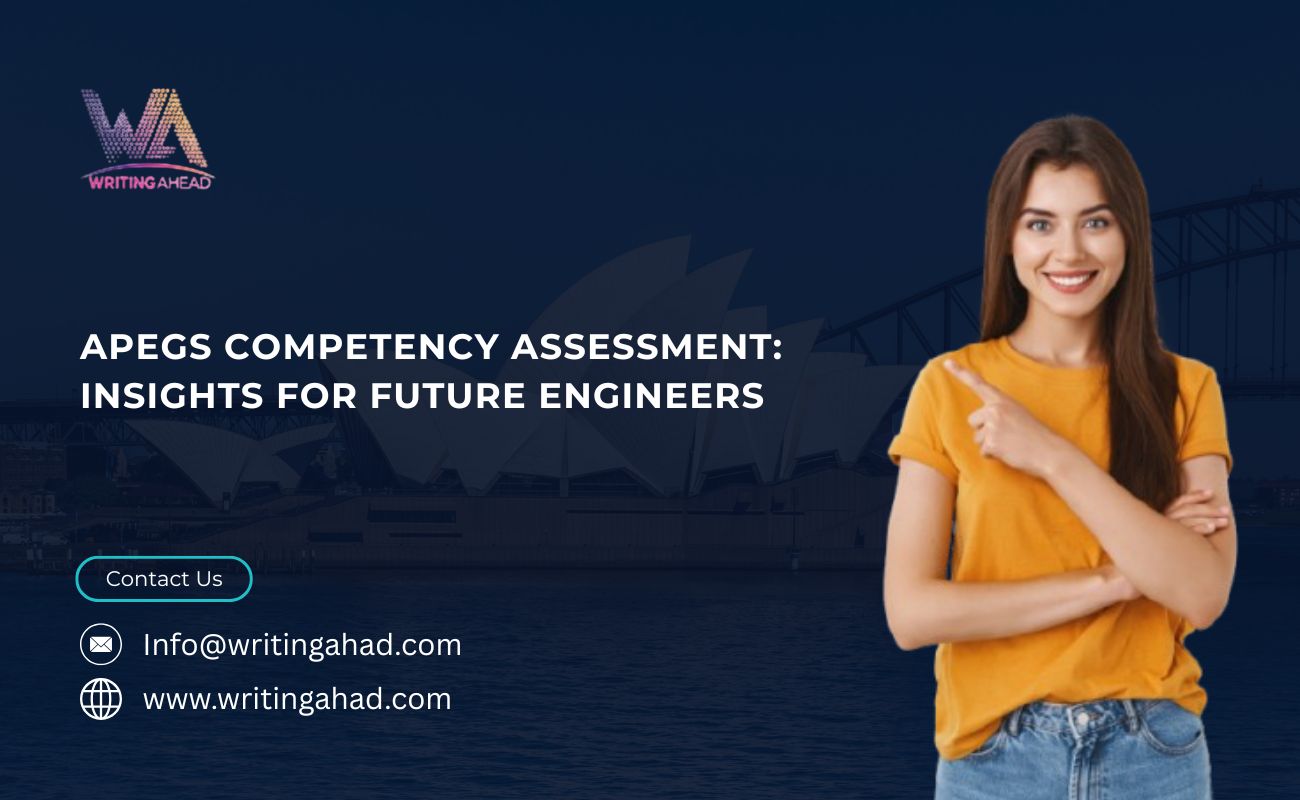The journey to becoming a professional engineer is filled with learning, challenges, and evaluation of practical abilities. One of the most crucial aspects of this process is the apegs competency assessment, which ensures engineers demonstrate the technical, ethical, and leadership qualities required in the profession. For aspiring engineers, understanding how the assessment works, how to prepare an effective APEGS Report, and how reviewers evaluate submissions is critical for success. This article explores key insights into the process and provides guidance for future engineers aiming to showcase their competencies effectively.
Understanding the Purpose of the APEGS Competency Assessment
The apegs competency assessment is designed to validate the readiness of engineering professionals by measuring their technical skills and professional judgment. It ensures engineers meet global standards and can handle real-world challenges responsibly.
Why the Assessment Matters
The assessment goes beyond theoretical knowledge. It demonstrates an engineer’s ability to apply learning in complex scenarios. By completing the APEGS Report, candidates show that they can manage projects, solve problems, lead teams, and uphold ethical practices. This holistic evaluation ensures only competent individuals advance in the profession.
Structure of the APEGS Competency Framework
The assessment follows a competency-based model, which focuses on demonstrated outcomes rather than just academic performance.
Core Competency Categories
Candidates must highlight their experience across a range of categories. These typically include technical application, communication, project management, professional accountability, and leadership. Each section of the APEGS Report must provide real-life examples illustrating these competencies.
Evidence-Based Reporting
Instead of general descriptions, candidates are expected to provide clear, specific examples. Reviewers look for evidence that the engineer has directly contributed to solving problems, managed risks, or guided a team. This structure makes the apegs competency assessment transparent and objective.
Preparing a Strong APEGS Report
Crafting a compelling APEGS Report requires strategy, reflection, and attention to detail.
Selecting Relevant Examples
Future engineers should carefully select situations from their professional experience that clearly match the required competencies. It is better to focus on quality rather than quantity, ensuring each example illustrates technical knowledge, decision-making, and professional conduct.
Common Challenges Faced by Candidates
While the apegs competency assessment is straightforward in its structure, many engineers face difficulties when preparing their reports.
Struggling with Self-Reflection
Some engineers find it challenging to focus on their own contributions, often writing about the team’s achievements rather than their individual role. However, reviewers want to understand the candidate’s unique impact.
The Reviewer’s Perspective
Understanding how reviewers approach the apegs competency assessment can help candidates prepare stronger submissions.
Criteria for Evaluation
Reviewers assess whether the candidate has demonstrated competency at the expected level. They look for professional judgment, ethical awareness, and the ability to manage technical and human aspects of engineering.
Professional Growth Through the Assessment
The process of completing the apegs competency assessment is not only about fulfilling requirements; it also promotes self-growth.
Reflection on Career Progress
By revisiting past projects and achievements, engineers gain a deeper understanding of their professional journey. This reflection often highlights areas of strength and areas needing improvement.
Tips for Future Engineers
For future engineers, success in the apegs competency assessment lies in preparation and mindset.
Stay Organized
Keep records of projects, tasks, and outcomes throughout your career. This makes it easier to recall strong examples when preparing the APEGS Report.
The Role of Ethical Standards
Ethics plays a central role in the apegs competency assessment.
Demonstrating Integrity
Candidates must provide examples that show adherence to professional codes of conduct, transparency in decision-making, and accountability in handling risks.
Conclusion
The apegs competency assessment is more than an evaluation—it is a journey of reflection, growth, and professional validation. By carefully preparing an effective APEGS Report, candidates not only meet the requirements but also gain confidence in their skills and readiness for future responsibilities. For aspiring engineers, approaching the assessment with clarity, integrity, and commitment is the key to building a successful professional career.
FAQs
What is the main purpose of the apegs competency assessment?
The primary goal is to ensure engineers demonstrate the skills, judgment, and ethics required for professional practice. It assesses both technical expertise and professional conduct, confirming readiness for real-world responsibilities. By preparing the APEGS Report, candidates showcase practical experience and ability to meet industry standards effectively.
How should I choose examples for my APEGS Report?
Select examples that best highlight your personal contribution, technical knowledge, and decision-making ability. Focus on situations where you played a significant role, rather than group achievements. Ensure the examples are specific, measurable, and directly tied to the competencies outlined in the assessment framework.
What mistakes should I avoid in the apegs competency assessment?
Common mistakes include writing vague descriptions, focusing on team outcomes instead of individual contributions, and failing to demonstrate ethical considerations. Avoid generalities and provide evidence-based examples in your APEGS Report. Clarity, precision, and honesty are essential to achieving a strong assessment outcome.
How do reviewers evaluate the APEGS Report?
Reviewers look for specific, well-documented evidence that demonstrates competency in technical and professional areas. They evaluate clarity, detail, and relevance of examples. Reports that lack measurable results or personal accountability often perform poorly. Strong submissions show depth of understanding, practical impact, and alignment with professional standards.
